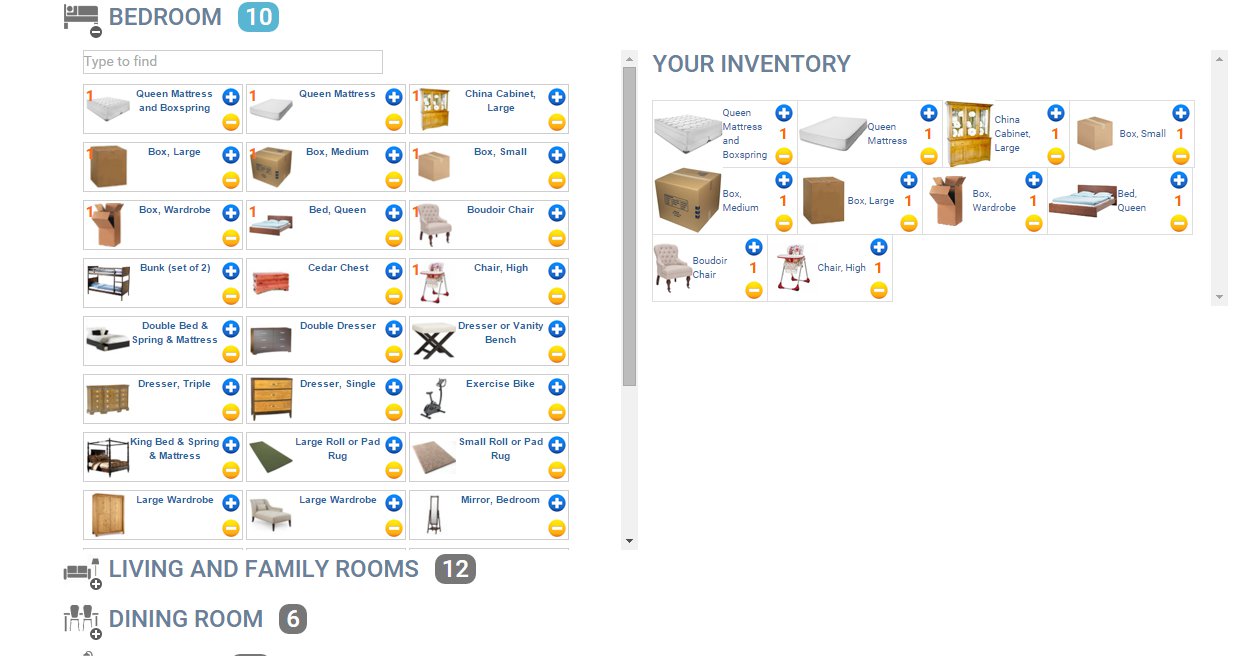Moving With Storage

Moving and Storage Options Explained
- Moving and Need Storage Too?
- Storage Vaults, What are They?
- Storage is Always an Option
1. Moving and Need Storage too?
Moving with storage can be very easy, so don't feel overwhelmed. With Moving Authority finding a moving company with storage can be simple. Most of the time, anything in storage is already prepared for a move, being packed in boxes and wrapped up for safety. This makes it much simpler on a person. Whether a person is solely moving storage or is moving their storage out at the same time as moving their home's belongings, it can be done. In the event that storage is being moved out of a storage garage, a person can hire a company to grab the belongings for the owner, or the owner can rent storage with a truck for moving themselves. There are many different moving and storage options. Moving Authority gives you a comprehensive list of moving companies with storage options.
2. Storage Vaults, What Are They?
Some people store their unused belongings in storage vaults. Storage vaults are portable storage units that can be used on a person's property. These can easily be transported anywhere they need to go. This allows all of the storage to stay in the storage vault safe and sound. Then, it is the owner's decision whether they would like to keep the items in the storage vault or to unpack them and have the storage vault removed once the container arrives at the new place.

3. Storage is Always an Option
Considering that all of the boxes are already packed and full of belongings, a person might need to go through the boxes first to make sure that they want to take the items with them wherever they might be moving to. Nonetheless, just like moving items in the home, the boxes can be tossed right onto the moving truck with everything else.
Moving with storage can sometimes be a little confusing.
Moving with storage can mean that a bigger truck is necessary or that the company will need to make two stops rather than one. Explain what the deal is to them and they will certainly help come to a solution. By inputting your information into Moving Authority your stress is alleviated with our one stop solution to help in managing all of your moving needs.


Add Comment